7 Can’t-Miss Activities at Sequoia and Kings Canyon National Parks
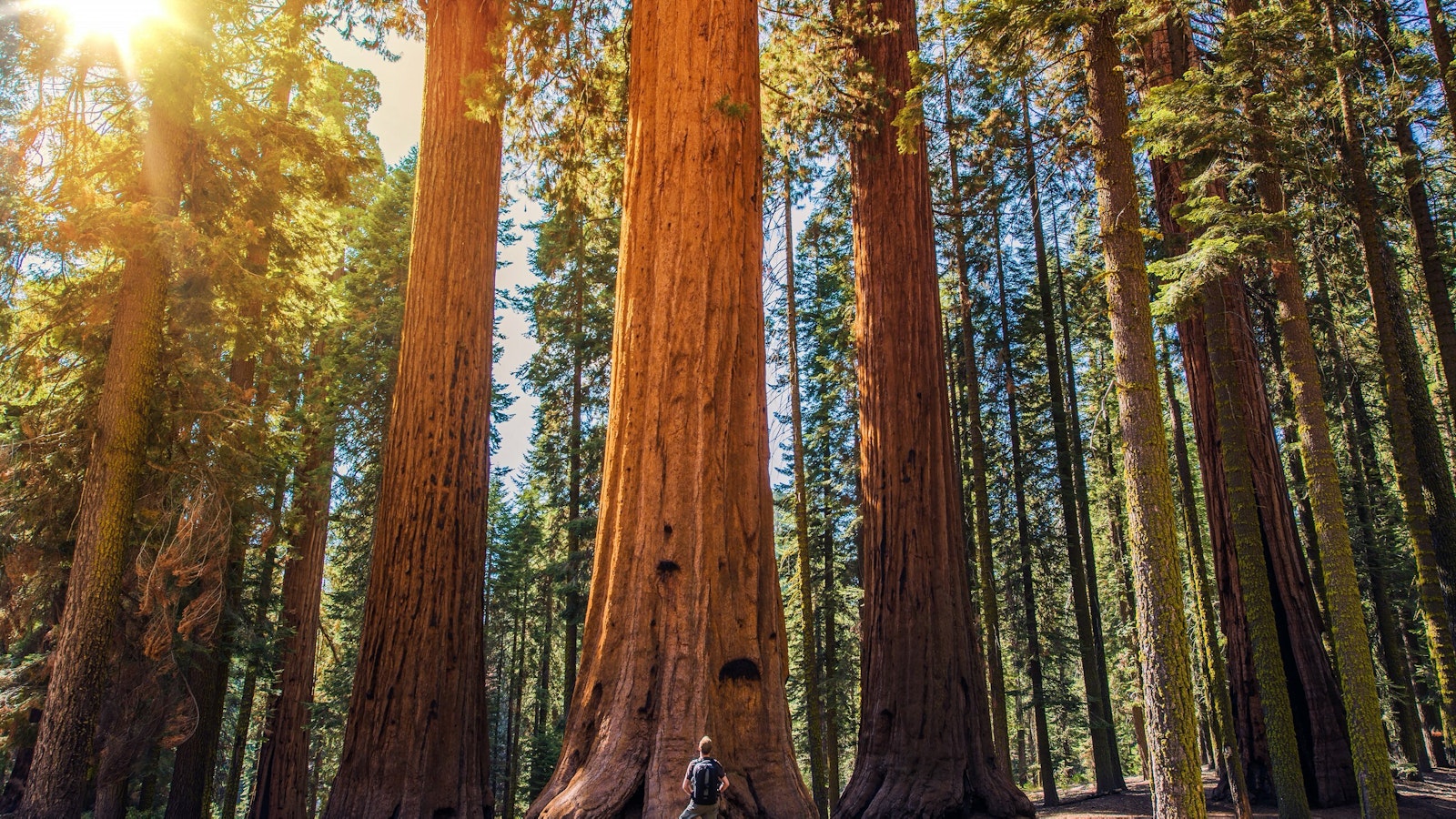
If you love visiting national parks that make you feel small – be it standing on the rim of an expansive canyon or looking up at the powerful torrent of a waterfall – then you’ll want to add Sequoia and Kings Canyon National Parks to your bucket list.
Lovingly known as the land of giants, this Californian terrain in the southern Sierra Nevada encompasses towering mountains (including Mount Whitney, the highest mountain in the contiguous 48 states) and deep canyons, an intricate system of caverns, and some of the largest trees on earth.
Established by President Benjamin Harrison on September 25, 1890, Sequoia National Park became the nation’s second national park, following the creation of Yellowstone in 1872. Kings Canyon would later join the system when President Franklin D. Roosevelt established the park on March 4, 1940. Since the Second World War, Sequoia and Kings Canyon have been administered jointly.
The bordering parks, which lie east of the San Joaquin Valley, provide visitors with a unique two-for-one experience. The dynamic alpine country shaped by geologic processes that resulted in canyons, caverns, lakes, and rivers are sure to delight park goers of any age.
Summer is always a popular time to visit but if you want to avoid the crowds, either head into the park during the week or consider planning your trip during another time of the year.
If you opt for a late spring or early fall excursion, you’ll avoid the hordes of tourists and will be able to explore the park in a much more intimate way. Late fall through early spring brings unpredictable weather and heavy snow, so be sure to check with the park for the latest on road closures.
Planning an unforgettable trip to this region isn’t a challenge – there is no shortage of spectacular vistas or rewarding hikes. To truly experience Sequoia and Kings Canyon National Parks, consider adding some – or all – of these can’t-miss activities to your itinerary.
Tree Tunnels
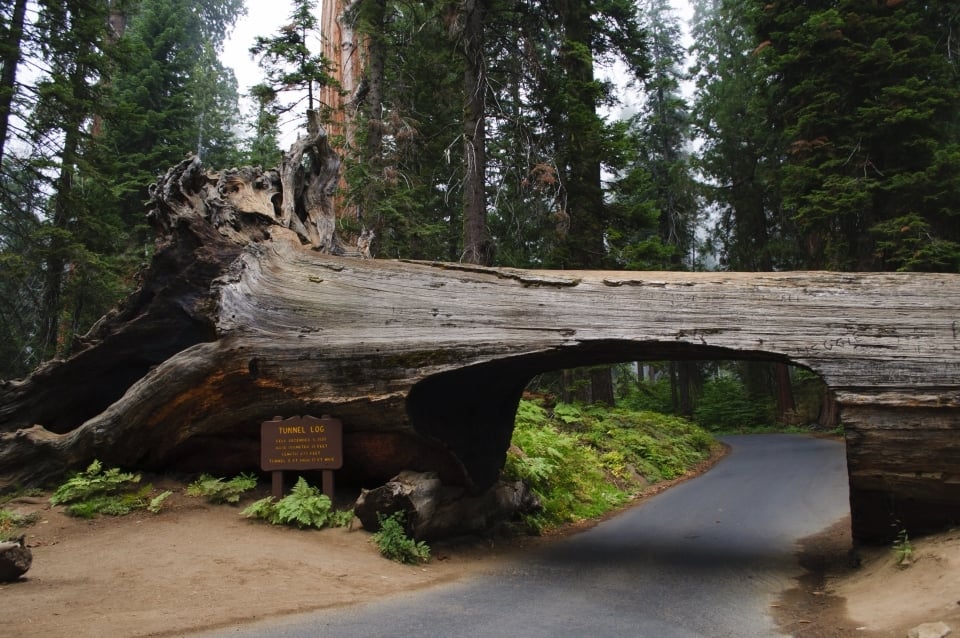
Much like the obligatory experience of hugging one of the largest tree species on earth, you cannot visit the parks and pass-up the opportunity to drive through a Giant Sequoia. As you make your way along Crescent Meadow Road in the Giant Forest, you’ll have the opportunity to pass through Tunnel Log – a passageway through a tree estimated to exceed 2,000 years of age. The tree fell across the road from natural causes in 1937 and was cut through to make a visitor attraction in the summer of 1938.
Giant Sequoias
You can’t visit the parks and skip two of the biggest (literally) sites in the world. Plan to pay a visit to the General Sherman Tree, the largest tree in the world (by volume), standing tall at 52,508 cubic feet with a ground circumference of 102.6 feet. Accessible via Wolverton Road off the Generals Highway, it’s about a ½-mile stroll to the tree.
The General Grant Tree Trail will lead you to the second largest Giant Sequoia and the centerpiece of Grant Grove. President Calvin Coolidge designated the tree as the “Nation’s Christmas Tree” in 1926 – not to be confused with the National Christmas Tree, which resides on the opposite coast at President’s Park.
Crescent Meadow
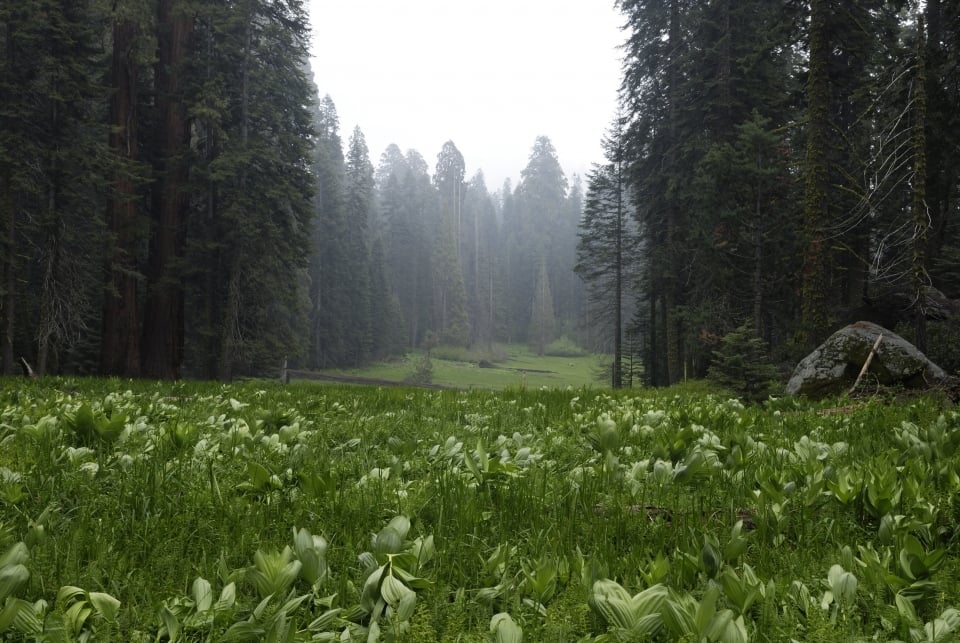
To experience the beauty of Crescent Meadow, you’ll start the leisurely 2-hour, 1.8-mile walk at the Crescent Meadow Loop. As you make your way along the trail, you’ll experience what John Muir called “the gem of the Sierra Nevada.” This loop will give you the opportunity to experience the Sierra pine woodlands, the Giant Forest, Tharp’s Log, and a sea of feathery ferns. As an added bonus, if you happen to be visiting during the summer, the loop rewards visitors with a glorious display of wildflowers.
Moro Rock
For the adventurous souls, Moro Rock offers challenging and exhilarating climbing opportunities; but for the rest of us, we can experience the magnificent views of the Great Western Divide by ascending the 400-step staircase to the summit. Begin at the Moro Rock parking lot and prepare for a 40 minute, 0.6-mile (round-trip) trek to reap your reward.
Crystal Cave
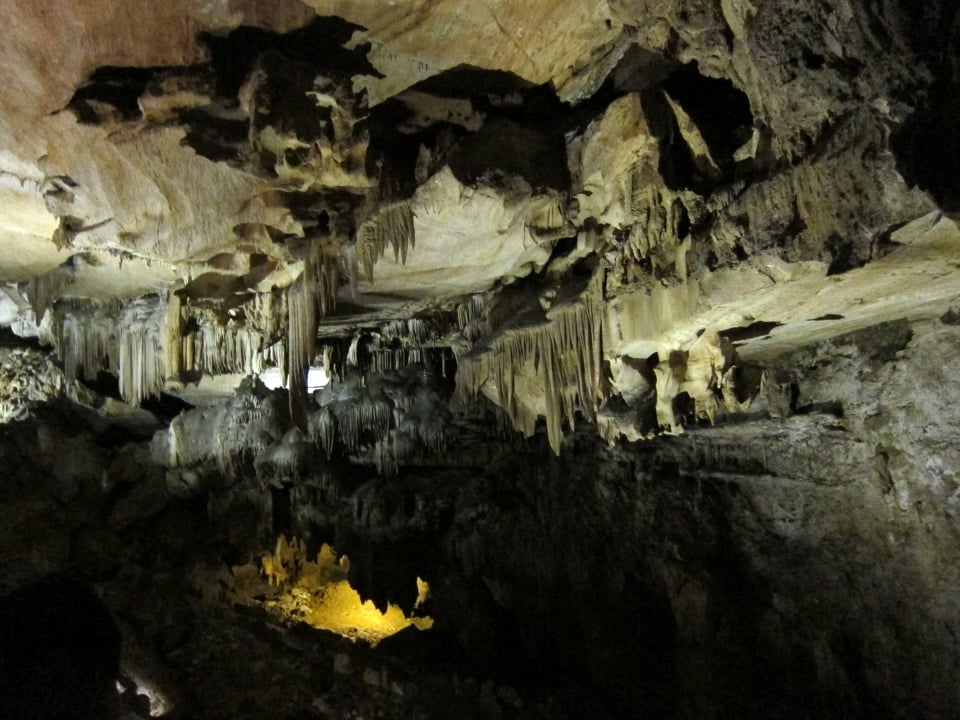
Explore Sequoia’s underground world as you journey through the magnificent chambers and remarkable formations of Crystal Cave. Tours are offered from May to November by the Sequoia Natural History Association and vary in cost and duration (from 50 minutes to six hours). You’ll need to get your ticket before heading to the cave so be sure to stop at the Foothills Visitor Center (one mile north of the Ash Mountain Entrance on the Generals Highway) or the Lodgepole Visitor Center (21 miles on the Generals Highway from the Ash Mountain Entrance).
Mount Whitney
If you want to gaze upon the tallest mountain in the lower 48, you have an easy option and a challenging option. The easier option allows you to see Mt. Whitney by driving to the Interagency Visitor Center on Highway 395.
The challenging option allows you to see the Sierra Nevada from the summit of the mountain and involves a 10.7-mile hike from Whitney Portal. There are other trails to the mountain’s peak, but they require longer excursions – be sure to do your research to find a suitable option based on your physical ability. Summiting this popular trail necessitates a backcountry permit and technical climbing gear (a must-have depending on the time of year). The trek is sometimes also accompanied by a spell of altitude sickness.
Falls
Depending on how much time you have to explore, the parks offer up several beautiful, if not downright impressive, waterfalls for park visitors to enjoy in Kings Canyon.
Just off of Highway 180, you can take in the beauty of Roaring River Falls. A very short 0.3 mile walk from the Cedar Grove Area off of Generals Highway, you can quickly access the falls via a paved, tree-covered path. As the water forces its way through a narrow granite gap and races down a short 40-foot drop, the theatric event illustrates why the falls earned their name.
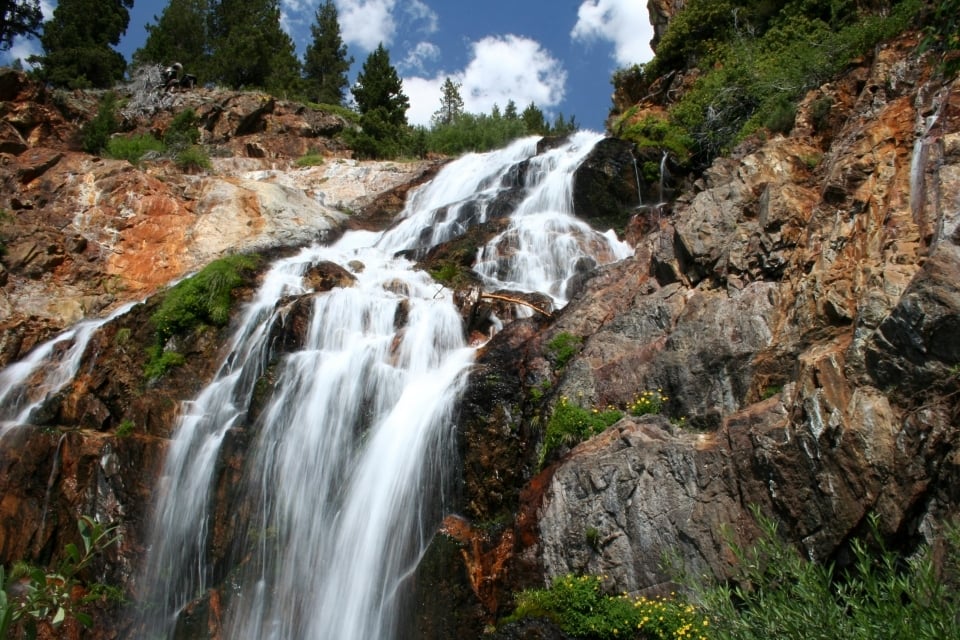
Similarly, Grizzly Falls can be visited after an easy .1-mile round trip from the Grizzly Falls Picnic Area on the north side of Generals Highway.
Though Roaring River and Grizzly Falls may be the quickest to access as you drive up the valley, there are other wonderful options to entice you to venture along the trails to see them. Mist Falls, with a striking 100-foot drop, is certainly worth a stop to experience. The 8 mile loop takes about 4 to 5 hours to complete and rewards you with the vistas of one of the largest falls in the parks.
The trail to perhaps the most impressive falls, however, starts just beyond the Marble Fork Bridge in the Lodgepole Campground. An easy 1.7-mile walk (one way) along the Marble Fork of the Kaweah River will deliver you to Tokopah Falls, which cascades down 1,200 feet. Unlike some of the other falls in the parks, Tokopah is made up of a series of small cascades that result in a spectacular view for those willing to venture to it.
If you hit even a few of these attractions at Sequoia and Kings Canyon National Parks, your trip is sure to be a rewarding one. And if you’re planning a stop here as part of a larger road trip through California’s national parks, we’ve got a few extra ideas on how you can get the most of your trip itinerary, so be sure to download a FREE copy of our Owner’s Guide for additional tips on what not to miss.